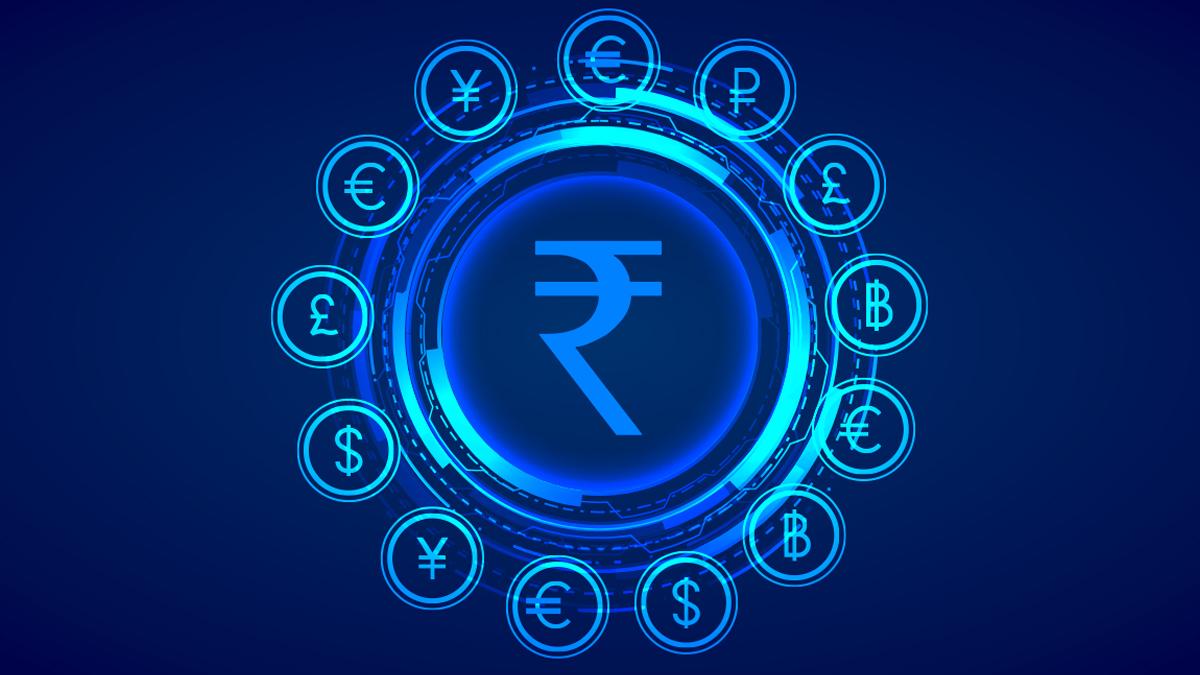Feedback
After months of anticipation, the Reserve Bank of India on Friday released a concept note on the digital currency. It said that it intends to plan pilot launches of a central bank-backed digital currency (CBDC) or e-Rupee for specific use cases.
There has been a lot of buzz around the concept of cryptocurrencies, CBDC, and digital currencies. A central bank digital currency can be described as the digital form of a country’s fiat currency, whereas a cryptocurrency is also a digital currency, which is an alternative form of payment with unique encryption algorithms. In layman’s terms, a CBDC is simply digital fiat, whereas cryptocurrencies are digital assets on a decentralised network.
The RBI also said that it will soon start the pilot launch of the digital rupee for specific use cases.
Here’s how cryptocurrency, CBDC, and digital money differ from each other:
Digital Rupee
The Reserve Bank of India has defined CBDC as a legal tender issued by a central bank in a digital form. It is the same as a fiat currency and is exchangeable one-to-one with the fiat currency. Named the Digital Rupee, or e-Rupee, the digital currency will be the same as a sovereign currency and will be in alignment with their monetary policy.
As per RBI, the digital Rupee system will bolster India’s digital economy, enhance financial inclusion, and make the monetary and payment systems more efficient.
Also read: RBI floats concept paper on digital currency; says will launch pilot e-rupee for specific use cases soon
Other possible features of e-Rupee are that the digital currency must be accepted as a medium of payment, legal tender, and a safe store of value by all citizens, enterprises, and government agencies. It can be freely converted against commercial bank money and cash.
The digital Rupee will be a fungible legal tender, that means the holders or consumers can use it without having a bank account.
RBI expects its expenditure on issuance of money and transactions to go down drastically with the introduction of CBDC.
CBDC
CBDCs are digital version of government-backed, fiat money, which uses blockchain technology to verify and store transaction data. But the major difference is they operate on a centralised network, which is a permissioned network.
CBDCs will work seamlessly where the transactions won’t have to pass through multiple banks, like the UPI. The CBDC transaction can happen nearly instantaneously on one digital ledger. For those who are unbanked, CBDCs would provide a way to transfer money digitally, which is not possible at present with UPI or wallet.
Also read: Centre finalising stance on cryptocurrencies as FATF discussions loom
Globally, many nations, such as China, Ghana, Jamaica, and some European countries are exploring their CBDC products. Some have even launched their digital currencies.
There are nine countries that have fully launched their CBDCs. Eight of the nine countries are located in the Caribbean. The Sand Dollar of the Bahamas was the first CBDC of the world, which was launched in 2019.
Cryptocurrencies
Cryptocurrencies, like Bitcoin and Dogecoin, are stored on a decentralised blockchain network, where transactions can happen, authenticated, and recorded in the public ledger without any third-party interference or central authority monitoring the deal.
The basic core difference between a cryptocurrency and digital money is that cryptocurrencies use decentralised network.
Whereas CBDCs, though use the blockchain technology, is entirely centralised. A central bank oversees and facilitates the transactions with the help of other third-party organisations. In the core, cryptocurrencies are private money, whereas CBDCs are government-backed forms of money. Therefore, CBDC is touted as safe form of money.
Copyright©2022 Living Media India Limited. For reprint rights: Syndications Today
Add Business Today to Home Screen
Author
Administraroot

